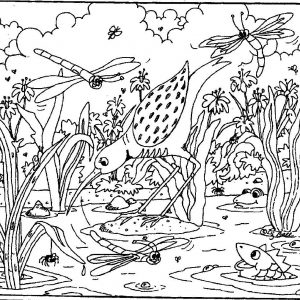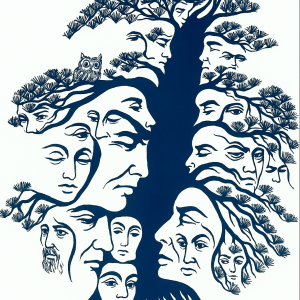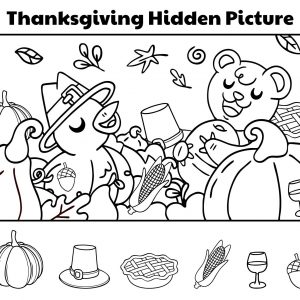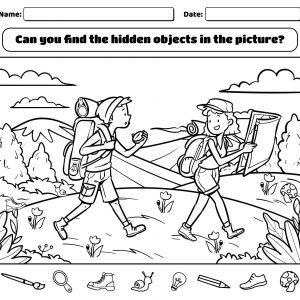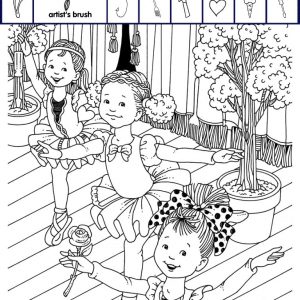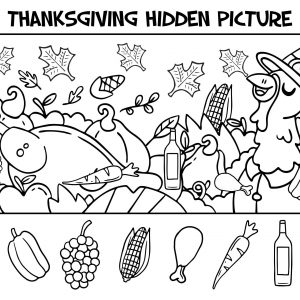Classic Nursery Rhymes Come to Life: A Hidden Object Puzzle Adventure
There’s something timeless about nursery rhymes. They’re playful, easy to remember, and packed with whimsical characters that stay in our imagination long after childhood. The illustration above brings these beloved rhymes to life in a delightful hidden object puzzle. From Humpty Dumpty on the wall to the cow jumping over the moon, every corner of this scene is filled with familiar friends. But this isn’t just a drawing—it’s an interactive challenge that invites us to look closer, recognize details, and connect the dots between rhyme and illustration.
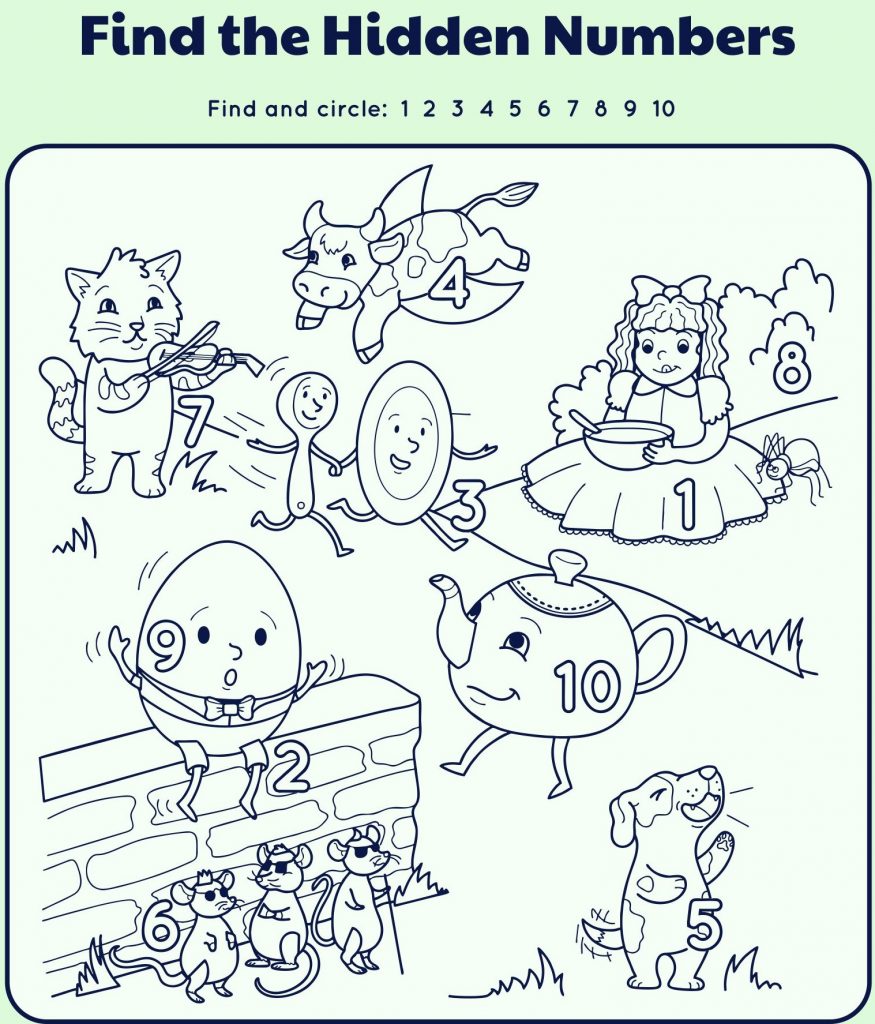
A Playful Scene Straight Out of Childhood
At first glance, the picture looks like a jumble of random characters. But look again, and you’ll see that each one belongs to a nursery rhyme you probably know by heart. The little girl with a bowl? That’s Little Miss Muffet. The cow soaring midair? Straight out of “Hey Diddle Diddle.” Even the teapot strutting proudly has a story to tell. The joy of this puzzle is in recognizing these characters and reliving the songs and stories they come from.
Famous Rhymes Hidden in the Puzzle
Let’s break down the cast of characters and see where they fit in the world of nursery rhymes:
- Little Miss Muffet (1): Sitting daintily with her bowl, she’s about to be startled by the spider beside her.
- Humpty Dumpty (2 & 9): Perched nervously on a wall, Humpty is the egg everyone remembers for his great fall.
- The Dish and the Spoon (3): From “Hey Diddle Diddle,” they’ve run away together, hand in hand.
- The Cow Jumping Over the Moon (4): Another nod to the same rhyme, adding whimsy and motion.
- This Little Dog (5): Playful and proud, recalling “This Little Dog Laughed.”
- Three Blind Mice (6): Marching in line, tails cut short, they bring a mischievous energy.
- The Cat Playing the Fiddle (7): Of course, “the cat and the fiddle” is a rhyme classic.
- The Spider (8): Sneaky and small, it’s about to frighten Little Miss Muffet.
- Humpty Dumpty Again (9): Reinforcing his story, looking nervous before his inevitable fall.
- The Teapot (10): Singing “I’m a Little Teapot,” short and stout, standing proud with its handle and spout.
This mix of characters makes the scene both a puzzle and a trip down memory lane.

Why Nursery Rhyme Puzzles Are So Engaging
What makes this puzzle extra special is the way it blends storytelling with problem-solving. Nursery rhymes are already catchy and fun, and adding them into a hidden object illustration doubles the excitement. Instead of just remembering the words, you’re actively spotting the characters. It’s almost like karaoke for the eyes—familiar, nostalgic, but with a twist.
And there’s science behind why these puzzles hook us. Our brains love pattern recognition, especially when it involves something we’ve known since childhood. Seeing Humpty Dumpty instantly lights up memories of reciting his rhyme. Spotting the three blind mice brings back the melody of that playful song. It’s comfort food for the brain, wrapped in a visual game.

The Cognitive Benefits of Hidden Object Puzzles
While the nostalgia is fun, puzzles like this also come with hidden perks:
- Improved attention to detail: Spotting the small spider near Miss Muffet or the bow tie on Humpty sharpens observation.
- Memory recall: Linking characters to rhymes strengthens memory connections.
- Stress relief: Much like reading a favorite bedtime story, this puzzle soothes the mind by blending play with familiarity.
- Creative thinking: It challenges you to think beyond the obvious and see the connections between different details.
So, while kids get the thrill of discovery, adults enjoy the calming and brain-boosting benefits.

How to Solve the Puzzle Efficiently
Want to get better at puzzles like this one? Here are some quick strategies:
- Start with the biggest characters. Large figures like Humpty Dumpty or the cow are easier to spot.
- Look for pairs. Many rhymes feature duos, like the dish and the spoon or the mice.
- Scan for unusual details. A spider in the grass or a fiddle in a cat’s paws are clues.
- Connect rhyme with image. Remembering the storylines makes finding the characters easier.
Think of it as a scavenger hunt where the prize is not only finding the object but also reconnecting with a rhyme you once knew by heart.
Why This Puzzle Appeals Across Generations
This illustration is the perfect example of a family activity. Children get to learn nursery rhymes while practicing focus and recognition. Parents and grandparents relive childhood songs, often singing them aloud as they spot each character. It’s interactive, educational, and nostalgic all at once.
More importantly, it bridges the gap between generations. A grandparent may hum “I’m a Little Teapot” while pointing at the picture, while a child giggles at the sight of the cow jumping over the moon. The puzzle becomes not just entertainment but also a storytelling tool.
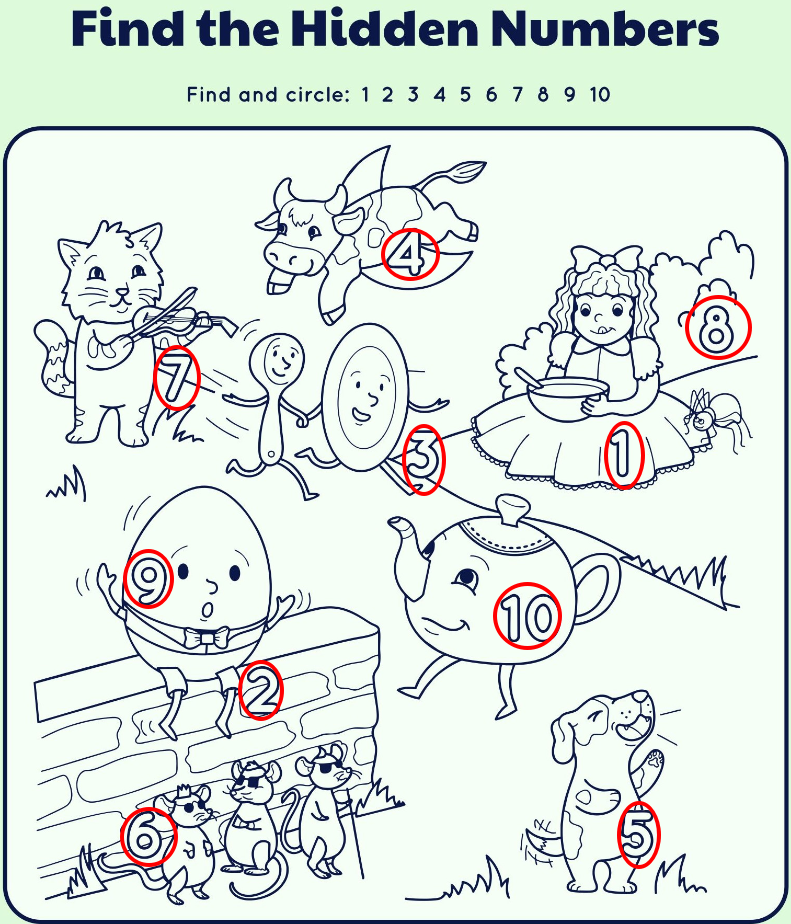
Conclusion: Rediscovering Childhood Through Hidden Objects
This nursery rhyme puzzle is more than a playful picture—it’s a collection of stories we all know and love, turned into a visual treasure hunt. From Humpty Dumpty’s precarious wall to the mischievous mice and the ever-charming teapot, each character invites us to pause, smile, and remember.
In a world that often feels rushed, these puzzles remind us of simpler joys—the songs we sang, the stories we loved, and the magic of seeing familiar friends come to life on a page. So the next time you see a puzzle like this, don’t just glance at it. Dive in, hum the rhymes, and let yourself be carried back to childhood. After all, hidden in every detail is a little piece of wonder waiting to be found.
